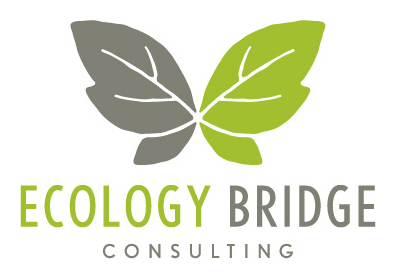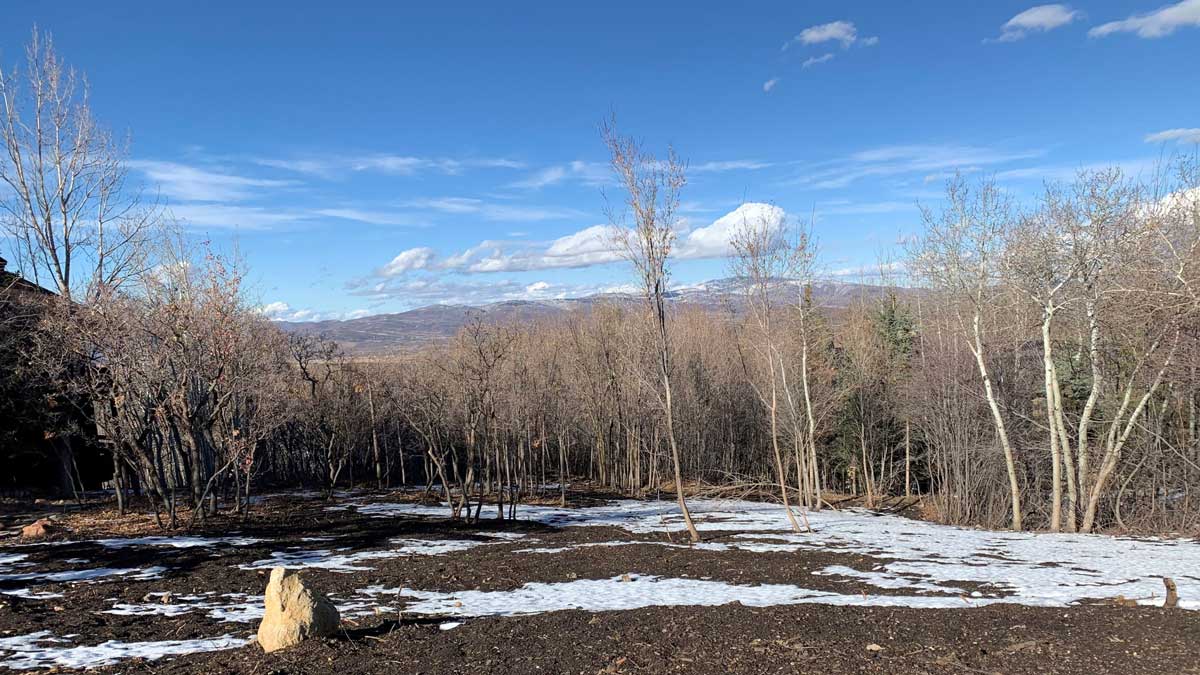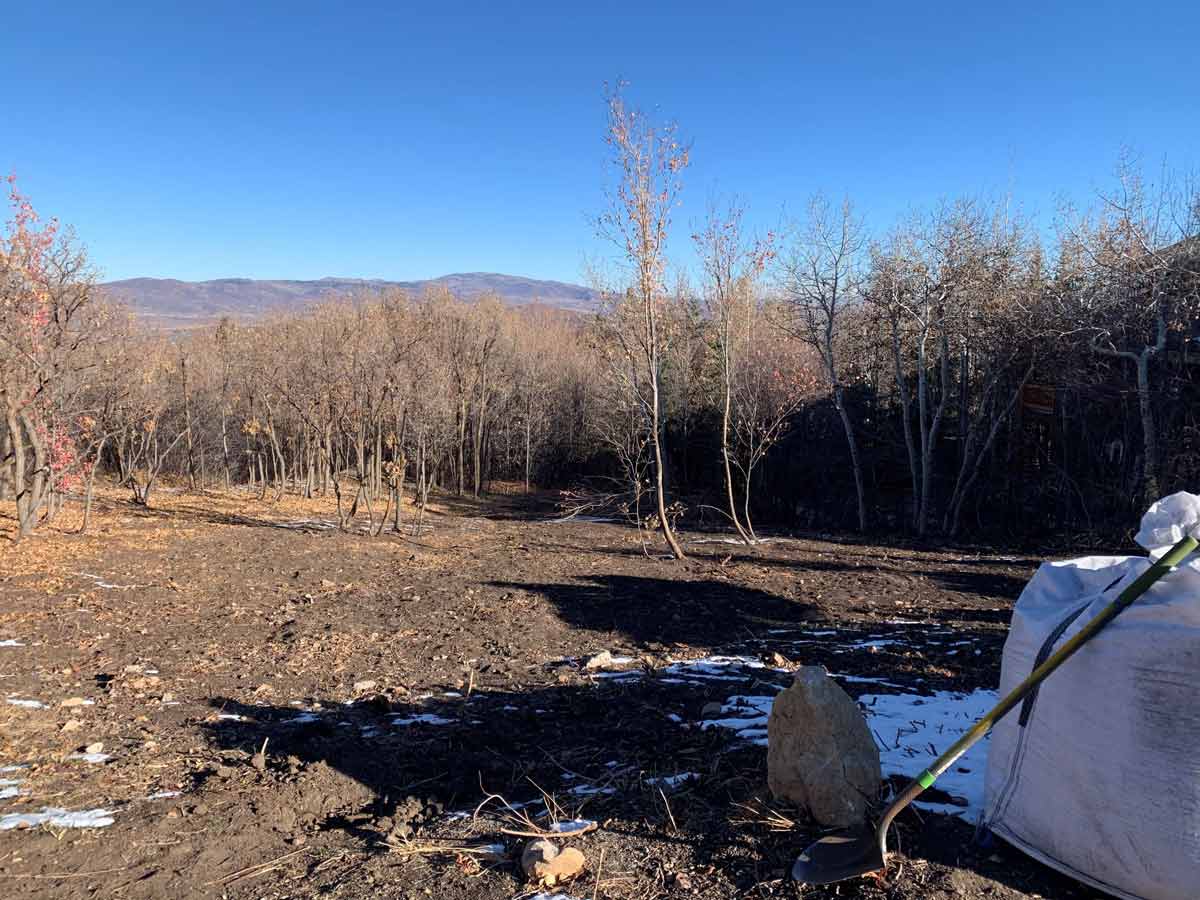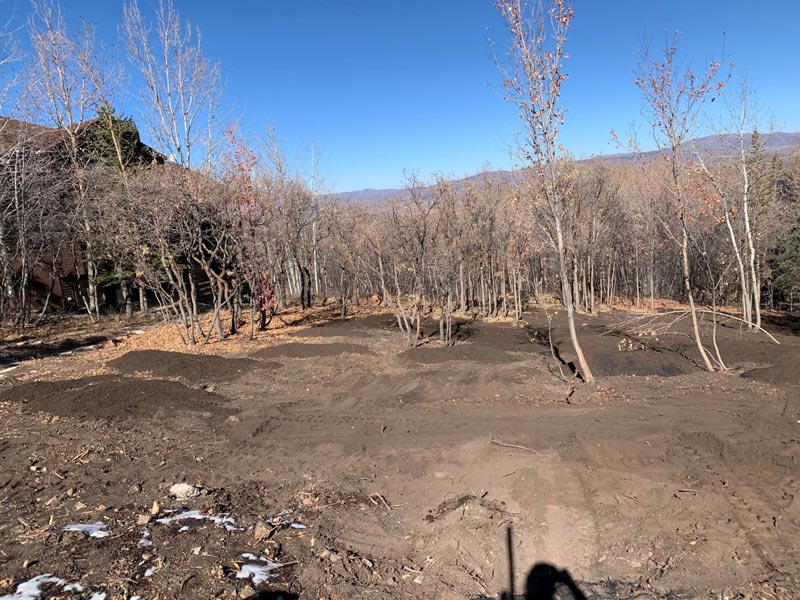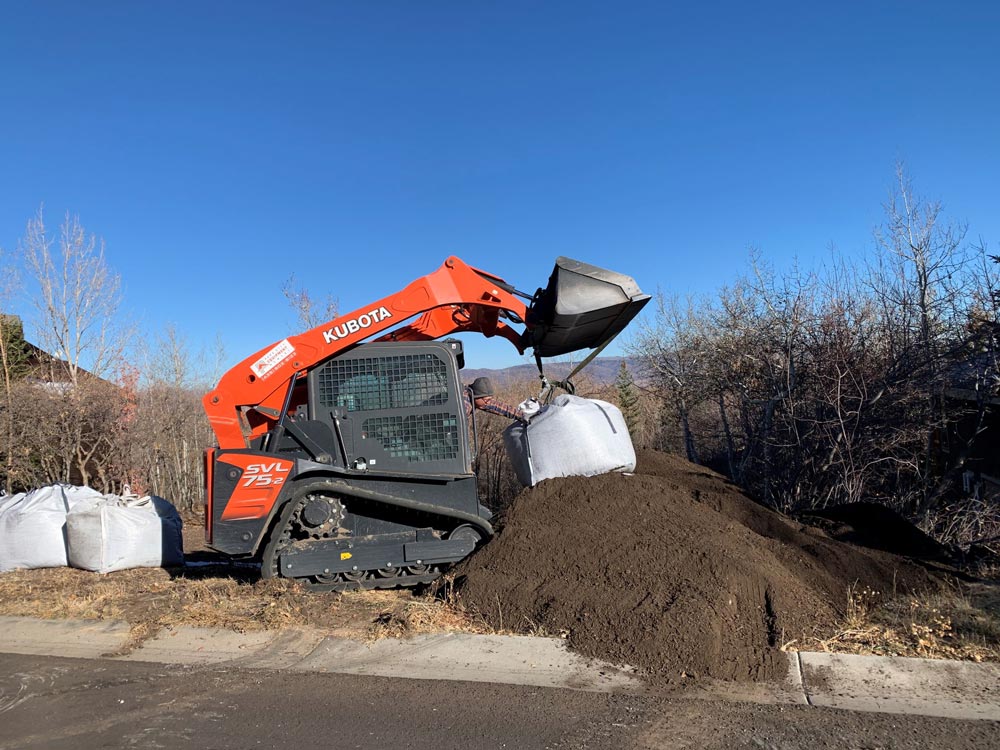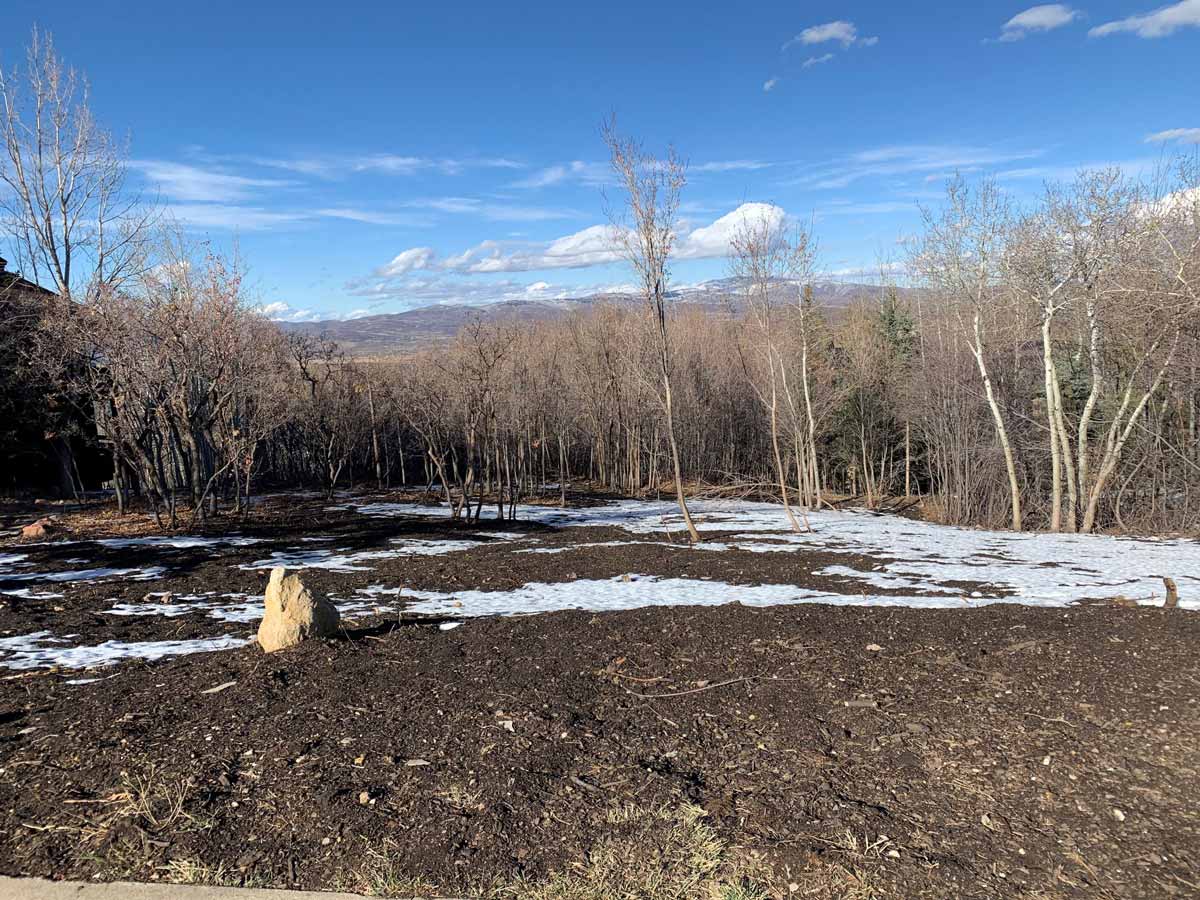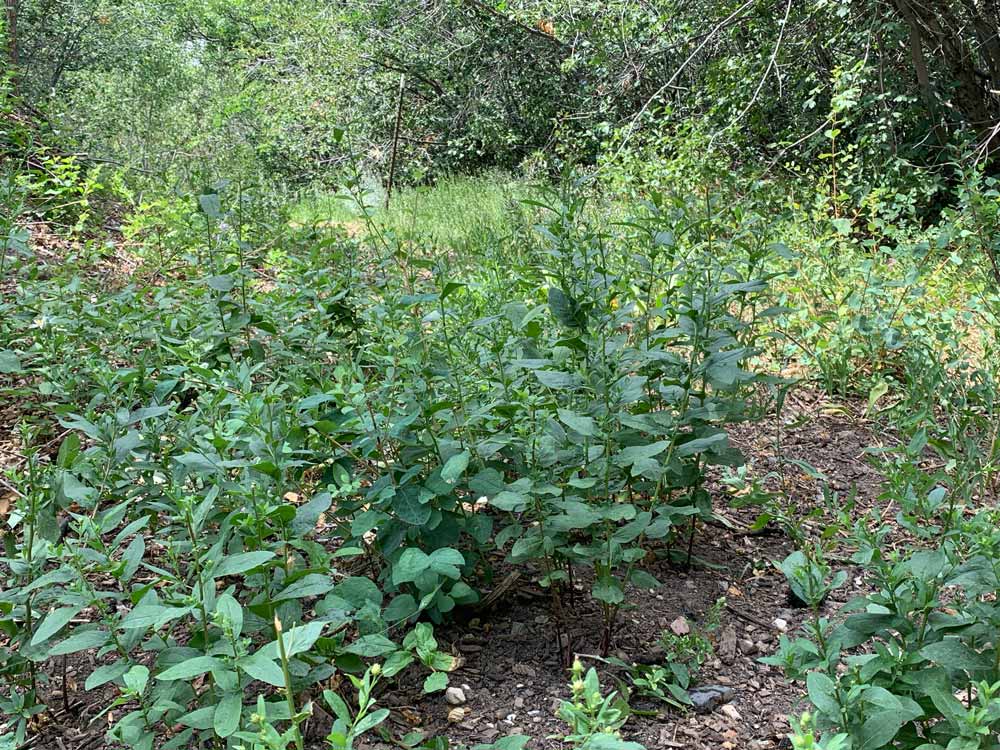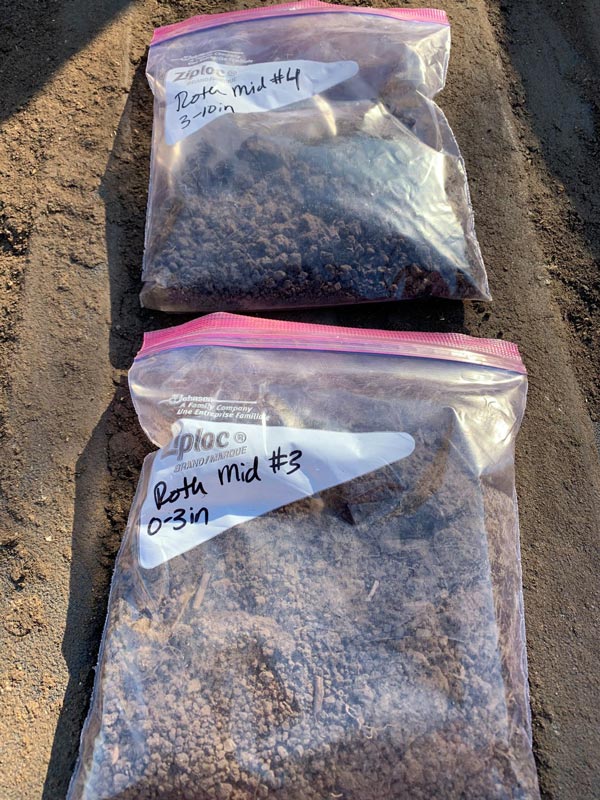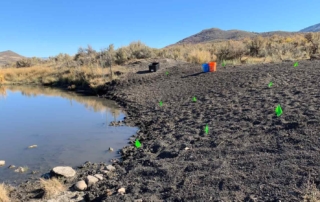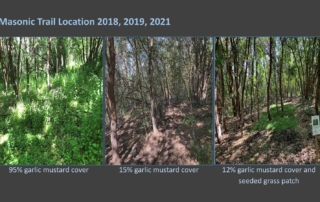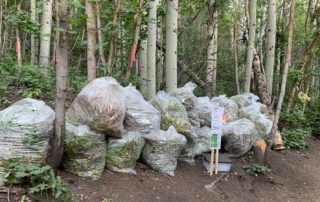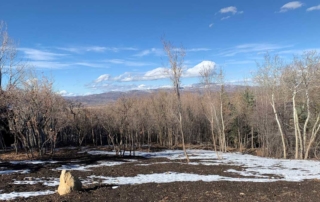Roth Property Regenerative/ Conservation Garden
Roth Property Regenerative/Conservation Garden
The Roth family are Park City locals, but before moving to Park City, they were Nevada ranchers. So, when they purchased the lot above their home three years ago, they wanted to enhance the ecosystem services it was providing. They thinned the overgrown vegetation by removing thick stands of chokecherry and dead woody material. When the work was done, a gorgeous stand of gamble oak and clumps of aspen and maple remained along with substantial bare ground. From their ranching experience, they knew bare ground was susceptible to erosion and weed invasion, so they needed to develop a plan to protect the soil and manage future weeds. They wondered if the same principles of regenerative farming they used on the ranch were being applied to gardens. A brief look into the topic revealed a surprising lack of information. So, they decided their lot needed to be a place for regenerative gardening and an example others could learn from.
Ecology Bridge was brought on late summer of 2020 to manage the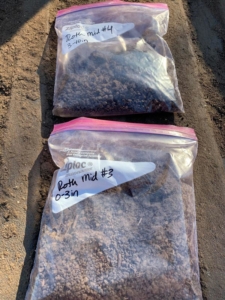 project and help the Roth’s turn their dream into a reality. Knowing soil is the key to successful agriculture and open space preservation/restoration, the three of them decided to bring in biochar and compost. The soils were sampled in partnership with Extension and tested for nutrients and carbon. Then 4 yards of biochar and 47 yards of compost were integrated into the soil. With the soils started on the right trajectory, woody plants were selected for phase one of revegetating the site. Species were and continue to be selected based on characteristics of low water use, deer resistance (as much as possible), full season bloom to support pollinators and aesthetics.
project and help the Roth’s turn their dream into a reality. Knowing soil is the key to successful agriculture and open space preservation/restoration, the three of them decided to bring in biochar and compost. The soils were sampled in partnership with Extension and tested for nutrients and carbon. Then 4 yards of biochar and 47 yards of compost were integrated into the soil. With the soils started on the right trajectory, woody plants were selected for phase one of revegetating the site. Species were and continue to be selected based on characteristics of low water use, deer resistance (as much as possible), full season bloom to support pollinators and aesthetics.
Project Goals:
• Improve soil health, water infiltration and water holding capacity
• Increase the beauty of the lot with a water wise, regenerative garden
• Provide a demonstration garden for others to learn how to reduce water and chemical use while improving soils and reducing stormwater runoff
• Increase pollinator habitat
• Create a place for family and community to enjoy
The project has been phased based on soil health principles and logistical limitations. The first phase focused on starting the soil regeneration process and increasing soil water infiltration and holding capacity using natural soil amendments. The second phase focused on establishing woody species that would alter the microclimate of the remaining areas of the property and would begin to stabilize the areas of bare soils through their deep rooting structure. The second phase also aimed to identify where perennial species would naturally flourish and where a path could be established to welcome in visitors. The remaining phases focus on planting and seeding the rest of the open areas and maintaining soil health.
Outreach and education are a high priority for the Roth’s. They see their regenerative garden as an opportunity for local organizations and individuals to experience soil health and water conservation practices. We are developing partnerships with groups and programs such as the USU Master Gardener’s Program and the Trout Friendly Lawn Program to facilitate outreach opportunities. They see the property as a place for research, learning and their contribution towards addressing climate change.
Summit County lacks the facilities commonly used by Master Gardener Programs. In other counties and states, arboretums serve this function. In Summit County, the USU Master Gardener Program is seeking out several locations that together could provide the conditions and species needed to support their workshops. The Roth Regenerative Garden will be able to support the following training topics: soil health, plant identification, irrigation/water wise, drought tolerant plantings, wildlife and pollinator friendly landscaping, tree and shrub pruning, non-chemical weed control and pest management.
Impactful, best management practices are more readily accepted and integrated if there is data supporting the visible outcomes. The soils of the project will be sampled periodically to track changes in soil carbon and other nutrient levels Water usage will be recorded over time to track actual versus predicted water use. It is the hope of the Roth’s that additional research can be conducted in the garden to increase our understanding of soil regenerative practices and carbon sequestration in residential landscapes.
